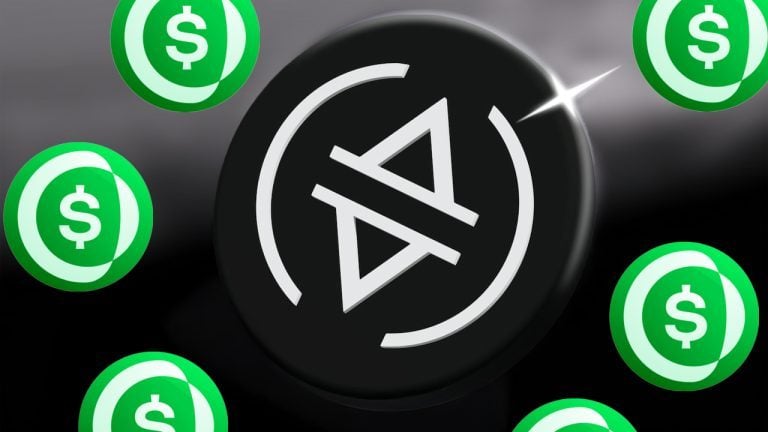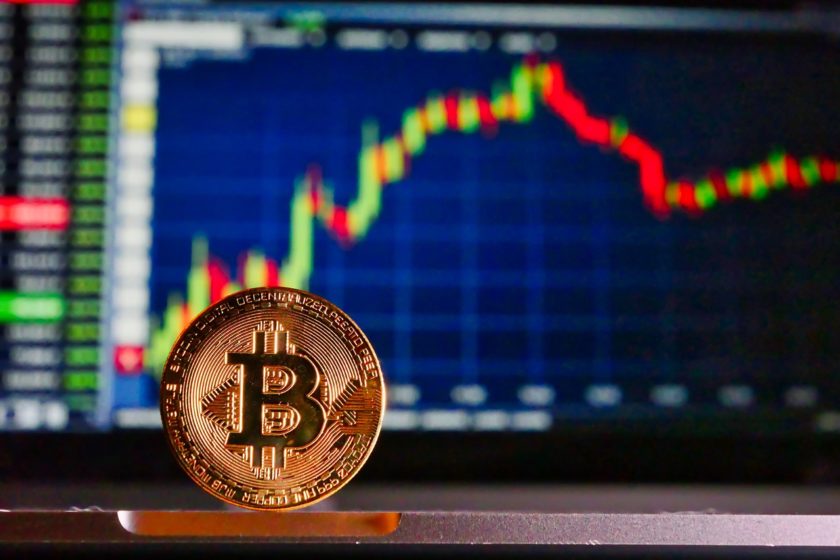As some brand-name decentralized finance (DeFi) tokens sputter, a crop of new projects have emerged that are catching strong bids on the back of aggressive yield farming programs, generous airdrops, and significant technical advances.
It’s a set of outlier projects pushing forward on both price and fundamentals that has led one crypto analyst, eGirl Capital’s mewny, to brand them as DeFi’s “Gen 2.”
feels like theres a gen 1 and gen 2 of defi tokens now
the former is stagnant and the latter is pamping
has nothing to do with fundamentals. its all psychological
— mewny (@mewn21) March 6, 2021
Mewny, who in an interview with Cointelegraph pitched eGirl Capital as “an org that takes itself as a very serious joke,” says that Gen 2 tokens have garnered attention due to their well-cultivated communities and clever token distribution models — both of which lead to a “recursive” price-and-sentiment loop.
“I think in terms of market interest it’s more about seeking novelty and narrative at this stage in the cycle. Fundamental analysis will be more important when the market cools off and utility is the only backstop to valuations. Hot narratives tend to trend around grassroots projects that have carved out a category for themselves in the market,” they said.
While investors might be eager to ape into these fast-rising new tokens, it’s worth asking what the projects are doing, whether they’re sustainable, and if not how much farther they have to run.
Pumpamentals or fundamentals?
The Gen 2 phenomena echoes the “DeFi summer” of last year, filled with “DeFi stimulus check” airdrops, fat farming APYs, and soaring token prices — as well as a harrowing spate of hacks, heists, and rugpulls.
However, mewny says that there’s a population of investors that emerged from that period continuously looking for technical progress as opposed to shooting stars.
“There are less quick “me too” projects in defi. An investor may think that those projects never attracted much liquidity in the first place but they overestimate the wisdom of the market if that’s the case. They did and do pull liquidity, especially from participants who felt priced out or late to the first movers.This has given the floor to legitimate projects that have not stopped building despite the market’s shift in focus. ”
One such Gen 2 riser pulling liquidity is Inverse Finance. After the launch of a yield farming program for a forthcoming synthetic stablecoin protocol, the Inverse Finance DAO narrowly voted to make the INV governance token tradable. As a result, the formerly valueless token airdrop of 80 INV is now priced at over $100,000, likely the most lucrative airdrop in Defi history.
Another Gen 2 star is Alchemix — one of eGirl Capital’s first announced investments. Alchemix’s protocol also centers on a synthetic stablecoin, alUSD, but generates the stablecoin via collateral deposited into Yearn.Finance’s yield-bearing vaults. The result is a token-based stablecoin loan that pays for itself — a new model that eGirl thinks could become a standard.
“eGirl thinks trading yield-bearing interest will be an important primitive in DeFi. Quantifying and valuing future yield unlocks a lot of usable value that can be reinvested in the market,” they said.
The wider markets appears to agree with eGirl’s thesis, as Alchemix recently announced that the protocol has eclipsed half a billion in total value locked:
It is our one week anniversary today, and wow!
That was fast! 500 MILLION TVL!
Vaults: 89.4m
Transmuter: 90.5m
Farms: 322.85m pic.twitter.com/FQsezs6s9q— Alchemix (@AlchemixFi) March 6, 2021
Staying power?
By contrast, governance tokens for many of the top names in DeFi, such as Aave and Yearn.Finance, are in the red on a 30-day basis. But even with flagship names stalling out, DeFi’s closely-watched aggregate TVL figure is up on the month, rising over $8.4 billion to $56.8 billion per DeFi Llama — progress carried in part on the back of Gen 2 projects.
The comparatively wrinkled, desiccated dinosaurs of DeFi may have some signs of life left in them, however. Multiple major projects have significant updates in the works, including Uniswap’s version 3, Sushiswap’s Bentobox lending platform, a liquidity mining proposal working through Aave’s governance process, and Balancer’s version 2.
These developments could mean that DeFi’s “Gen 2” phenomena is simply a temporary, intra-sector rotation, and that the “majors” are soon to roar back. It would be a predictable move in mewny’s view, who says “every defi protocol needs at least 1 bear market to prove technical soundness.”
What’s more, according to mewny some of the signs of market irrationality around both Gen 2 tokens as well as the wider DeFi space — such as triple and even quadruple-digit farming yields — may be gone sooner rather than later.
“I don’t think it’s sustainable for any project in regular market conditions. We are not in regular conditions at the moment. Speculators have propped up potentially unsustainable DeFi protocols for a while now.”




